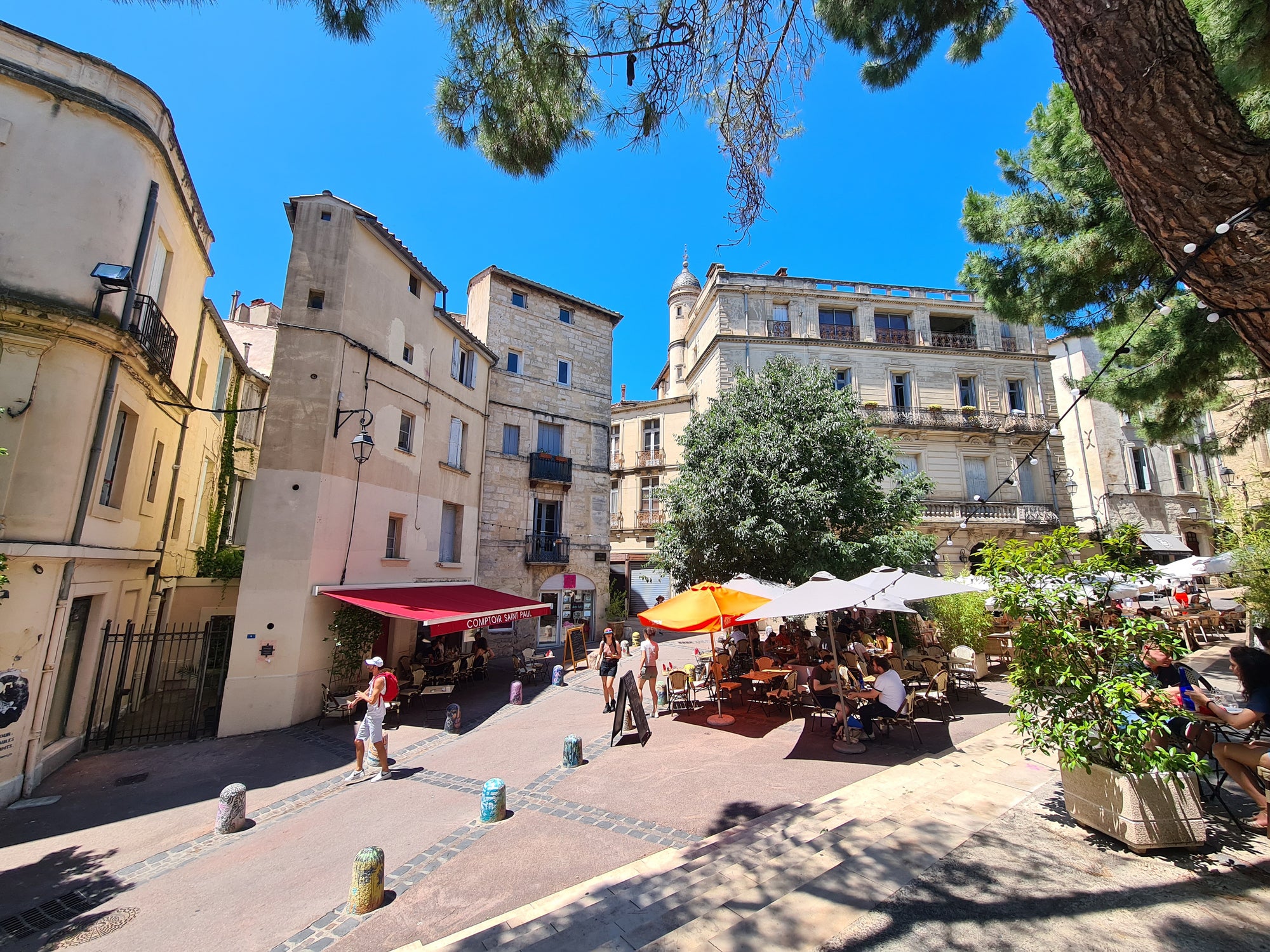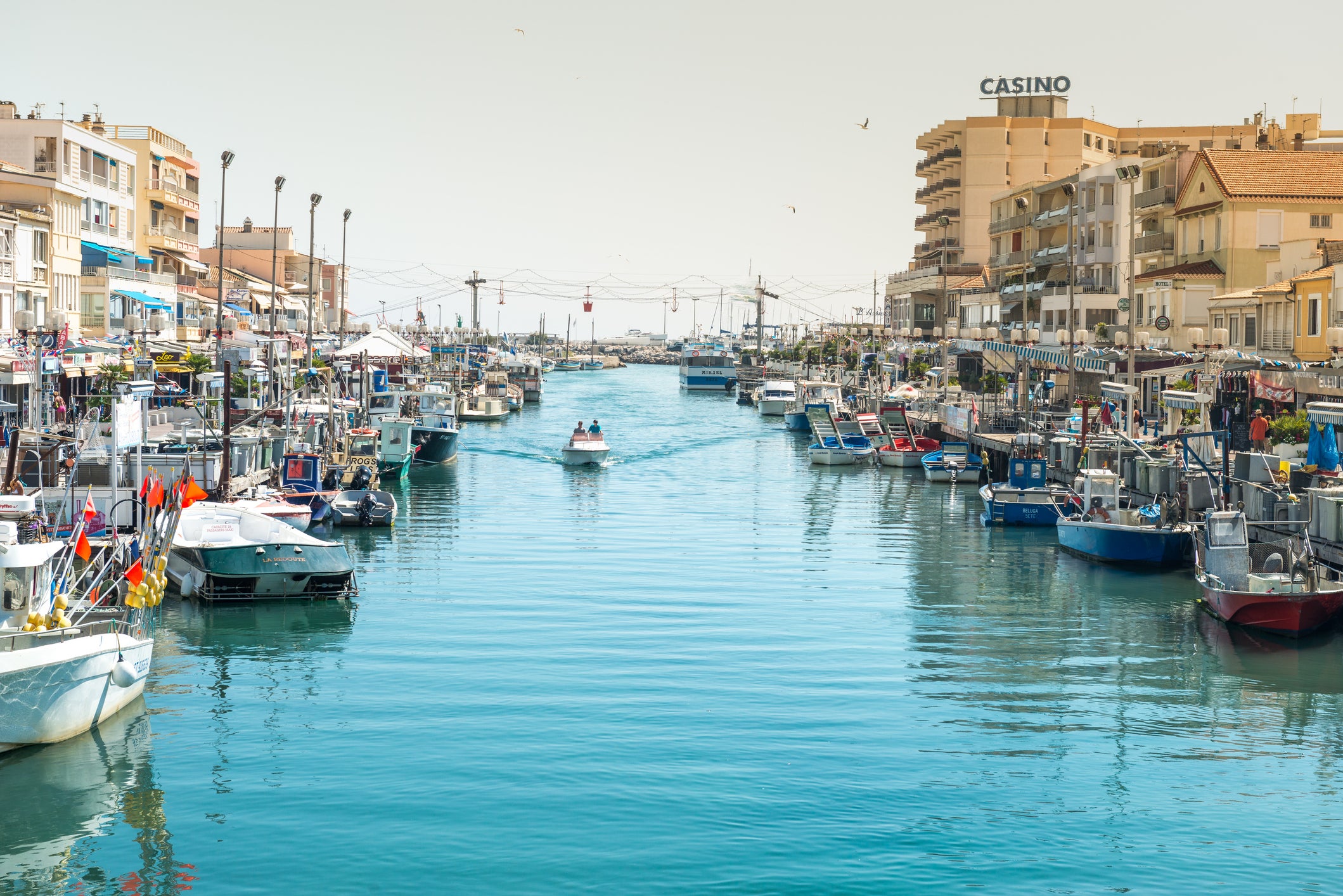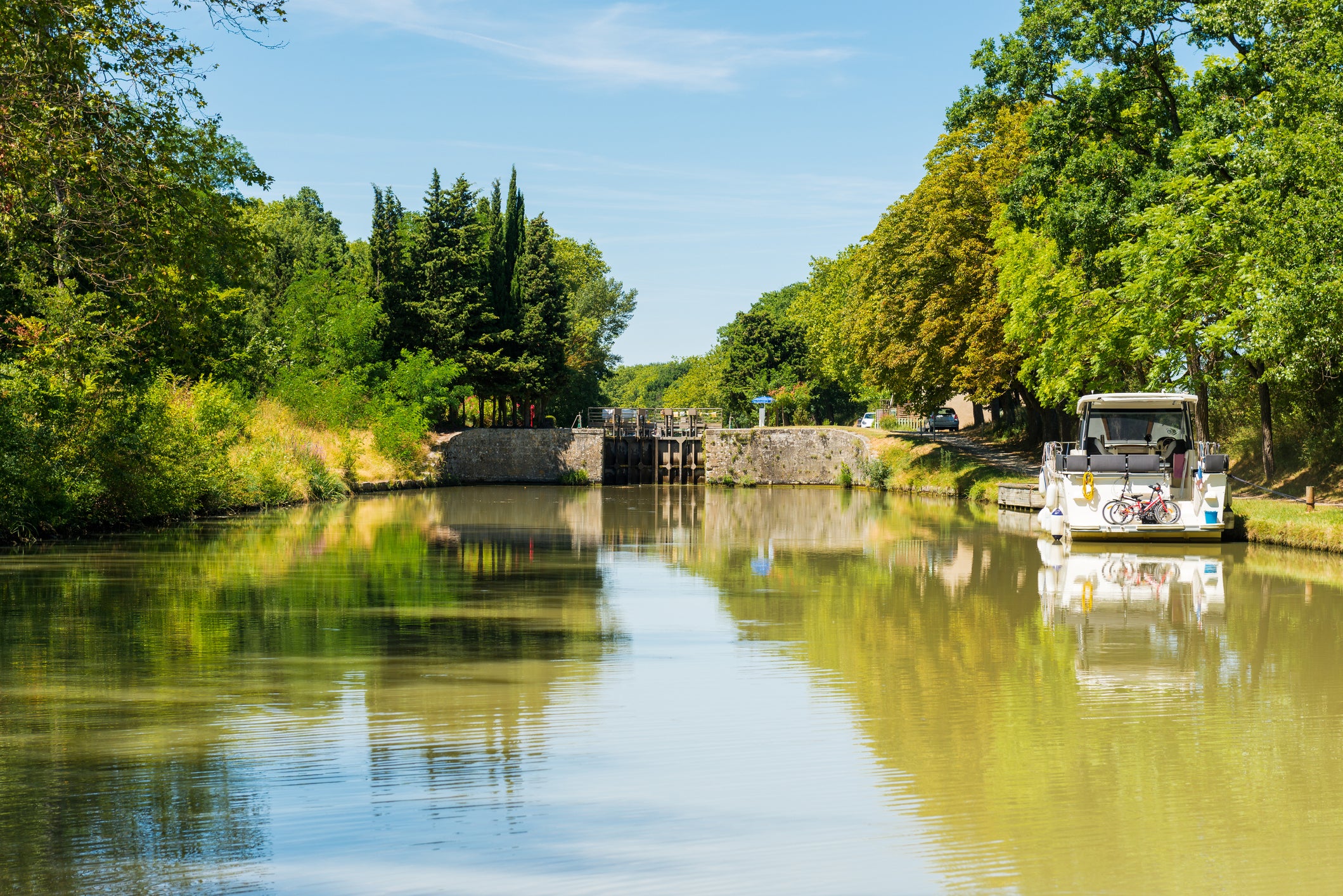On an early morning train, surrounded by locals clutching bags stuffed with towels, we hurtled towards the southern coast of France for a day at Narbonne Plage. Here, sprawling sandy shores fill with families from across the region, with enough space to settle in for the day.
Framed by the hazy outline of the Pyrenees, the train journey from Toulouse takes just an hour and a half and costs less than a café au lait.
In recent years, destinations along the neighbouring Côte d’Azur, like Marseille, have enjoyed a resurgence among cosmopolitan crowds. Nonetheless, with this attention comes hiked prices, packed beaches and, inevitably, a watering down of authentic French culture.
Nestled between this famed coastline and the Spanish border is the lesser-known region of L’Occitanie, or Occitania.
Previously known as Languedoc-Roussillon, this swathe of France has so much to offer: ancient ruins, cultural centres, calm waterways, national parks and, more recently, affordable rail travel.
Regional train company liO launched its €1 (87p) deal several years ago and has since doubled the number of lines included.
It’s a real palate cleanser for anyone fed up with the rising cost of travel in the UK. With a growing appetite for sustainable, slow and affordable tourism, L’Occitanie makes the perfect location for a summer adventure.
I first fell in love with the region after spending a summer in Montpellier brushing up on my French. This walkable city has an understated cosmopolitanism, balancing modern energy with deep historical roots.

After battling with French grammar in morning classes, I’d escape to the free museum MO.CO La Panacée. Located in the heart of the city and housed in the stunning 12th-century Royal College of Medicine, it even has an affordable cafe with an adventurous menu to boot.
Once you’ve had your fill of history and culture, hop on a short tram ride to Palavas-les-Flots: Montpellier’s answer to Margate.

From Montpellier, you can travel along the coast through the vast salt flats of the Camargue, or head inland towards the Cévennes National Park. On the coastal route, plenty of stops merit a visit.
Frontignan offers quaint bistros, timeless architecture and, of course, a beach. Or immerse yourself in nature at Arles, where you’ll find yet another Roman amphitheatre alongside access to the national park, home to France’s native flamingos.
Just under an hour away lies Nîmes, dubbed “the most Roman city outside of Rome”. It boasts one of the best-preserved amphitheatres and temples outside of Italy. Come for the ancient architecture, stay for the 17th-century Les Jardins des Fontaines and lose yourself in a Bridgerton fantasy.

Much like Montpellier, Toulouse makes an excellent base for exploring the region. As L’Occitanie’s capital, it’s by far the largest city, with routes from Toulouse Matabiau station connecting you both to the coast and inland towns like Montauban.
Its Parisian feel and wealth of historical architecture make wandering its streets entertainment enough. The Chapelle des Carmélites is a calm oasis hidden down an alleyway, its unassuming cerulean door opening onto captivating frescoes. Locals even use the adjoining café with its soothing music as a remote working space.
While most visitors gravitate towards Capitole, the city’s central square, head instead to Place St Pierre for an aperitif in a more authentic haunt.
From there, cross the Garonne river and you’ll find “Toulouse Plage”, a misleading name, given there’s no beach, but plenty of watersports and outdoor games to keep you busy for just a few euros.
Despite the cities’ endless offerings, I’ve found it impossible to resist the lure of the region’s countryside. After roaming the medieval walled city of Carcassonne, I swapped my train for a bike and followed the flat, shaded waterways of the Canal du Midi.

Less than an hour’s ride from Bram, the Villelongue Abbey is an isolated gem in the heart of the wilderness. Saved from crumbling into ruins by private investors, this unique space transports you to the 12th century.
Back along the canal route, there are endless rolling hills punctuated by cypress trees rising around medieval villages perched on hilltops.
Provence can keep its lavender fields — I’ll take L’Occitanie’s verdant forests and paths lined with wild mint and thyme any day.
How to do it
Head to TER Occitanie to book your €1 train journeys. Plan in advance for the best prices and availability.
Ryanair flights from London Stansted to Toulouse start at £34 return. Return flights from Manchester start at £44.
Where to stay
Toulouse: La Cour des Consuls Hotel & Spa is a luxurious boutique spot in the heart of the city (from £176 per night.)
Montpellier: Hôtel Oceania Le Métropole is an elegant option, equipped with a pool and close to the station (from £94 per night.)
Carcassonne: Hôtel de la Cité is a fairytale-style spot inside the medieval citadel (from £315 per night) or try Hôtel du Château, a boutique stay with a pool and spa, just outside the old city walls (from £96 per night.)



